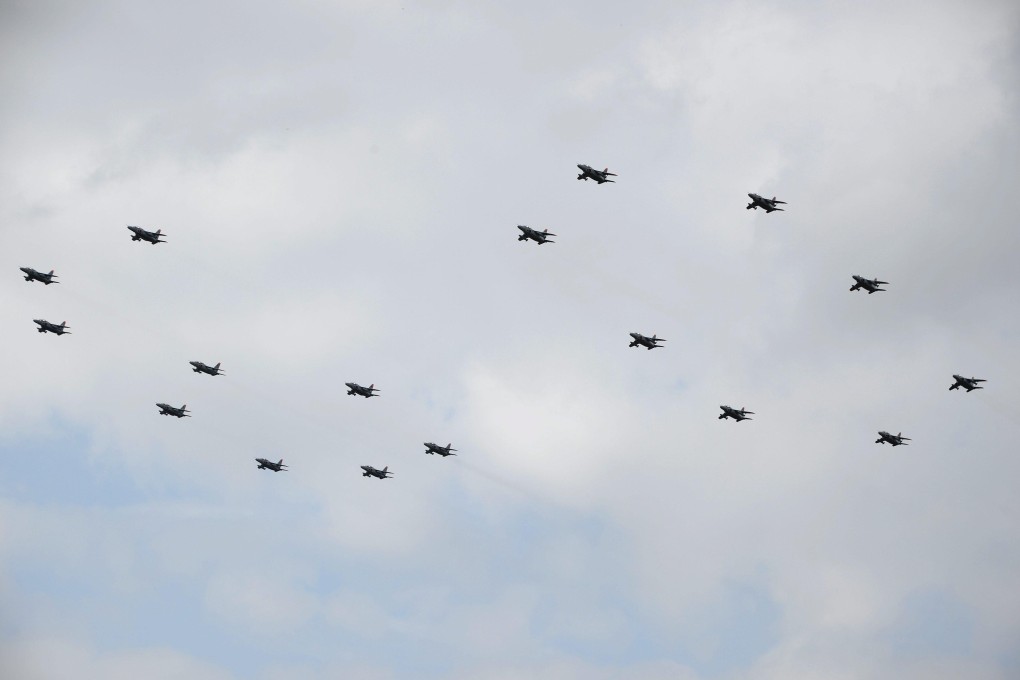Chinese, Russian warplanes force Japan to scramble its fighters a record 785 times
- Japanese fighters were ordered to meet Chinese aircraft 571 times in the last nine months of the year, up 240 incidents from the year before
- There were also 199 incidents involving Russian planes - a figure likely to add to Tokyo’s concerns over coordinated actions by Moscow and Beijing

Japanese air units are operating under regulations that have been revised in recent years to raise the threshold for interception flights, a military analyst told the South China Morning Post, meaning that if anything the increase in flights probing Japan’s air defences is even more pronounced than the latest figures indicate.
According to the defence ministry, ASDF fighters were scrambled to intercept 785 inbound flights in the latter nine months of 2021, the highest figure for the same period in the last five years. The total exceeded the 725 incidents in the whole of the 2020-2021 financial year.
Garren Mulloy, a professor of international relations at Daito Bunka University and an authority on defence matters, said the growing number of cases appeared to be a continuation of the “incremental” increases that had been reported in southwest Japan in the last decade or so, coinciding with a dispute between Tokyo and Beijing over uninhabited islands in the East China Sea.